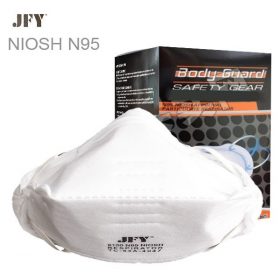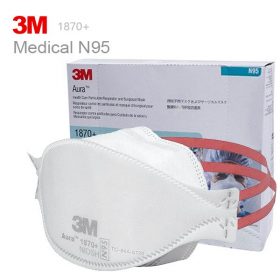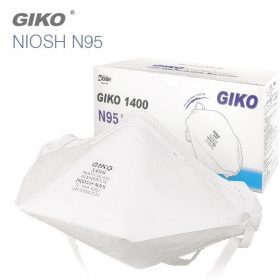You may be considering investing in a fish N95 mask respirator mask to help you breathe more easily and stop your health from deteriorating even further If you have breathing problems or have recently had surgery.
However, not all masks are created equal; before purchasing a particular brand, you should do some research to see if it’s worth the money you’re spending on it. This article explores whether a fish mask N95 respirator would be the best choice for your needs.
The Good Sides of a Fish N95 Mask
At first glance, a fish N95 mask may seem strange and superfluous, but as you’ll soon find out, it’s worth its weight in gold. With so many different types of masks available on the market, it can be difficult to figure out which is best for you.
There are some things to consider before making this decision: do you have allergies or asthma? If so, then there is no better option than an allergy-specific respirator that will filter out particles such as pollen, dander, dust mites, and ragweed.
Allergy sufferers should also consider choosing an N95 respirator with charcoal filters because they can trap airborne particles that irritate your sinuses and make breathing difficult. If you don’t suffer from allergies or asthma then the most important consideration should be fit!

Where to Wear Your Fish N95 Mask
A fish mask N95 is your way to breathe clean air when your surroundings are laden with smoke, or filled with toxins. Many people rely on masks every day and it’s important to understand why you should invest in a fish n95 mask.
Not only will they provide your lungs with access to clean air, but they can also protect your face and lungs from some of the harmful particles that may be in those bad air environments. The masks come with two filters and each filter has an efficiency level of 95%.
If one filter gets dirty, there is always another one ready to take its place. The N95 rating for these filters stands for their ability to reduce concentrations of airborne particulate matter by 95%.

Who Needs A Fish N95 Mask
Contrary to popular belief, having a mask on is actually good for your health and well-being. In fact, it might just be one of the best investments you can make. Whether you have allergies or respiratory problems, this type of mask will help protect your lungs from allergens in the air.
It will also filter out pollutants like smog, soot, and other toxins that are released into the air as part of everyday life. Plus, it’s great for outdoor activities like exercising outside when pollution levels are high. The cost of the masks range from $5-$50 depending on what materials they’re made with, but most importantly: they’re worth every penny!
Does Fish N95 Mask Work?
A Healthy amount of skepticism is to be expected from skeptics who want to know if the product actually works. With more than one million pieces sold, it’s safe to say that it does. Not only does it filter out at least 95% of small particles in the air, but its patented material also reduces a person’s temperature by as much as 17 degrees Fahrenheit and can keep moisture away from your nose and mouth.
It has been scientifically proven to reduce germs, irritants, and odors with an anti-microbial coating on both sides of the mask. If you have asthma or allergies, this might just be the solution for you!

How To Use A Fish-type Mask N95 Correctly
According to CDC, wearing a face mask is critical for your respiratory health, but it’s important to know how to put one on. You might think you are breathing easy because you see the air puffing out of the mouthpiece, but if it’s not positioned correctly or there is too much overlap, you may be suffocating instead.
The most important thing to do when putting on a face mask is to pinch your nose and breathe out gently to clear any secretions that could block airflow. With this step complete, adjust the head straps so they rest just below your ears and then position the mask so it covers both your nose and mouth. Leave an inch of space at the bottom of the facemask.
Now tighten head straps with tension just enough to keep masks in place without leaving marks or discomfort behind. Once adjusted, continue taking slow breaths in through your nose while simultaneously exhaling through your mouth until you have completely finished tightening straps so they are secure against your skin.


